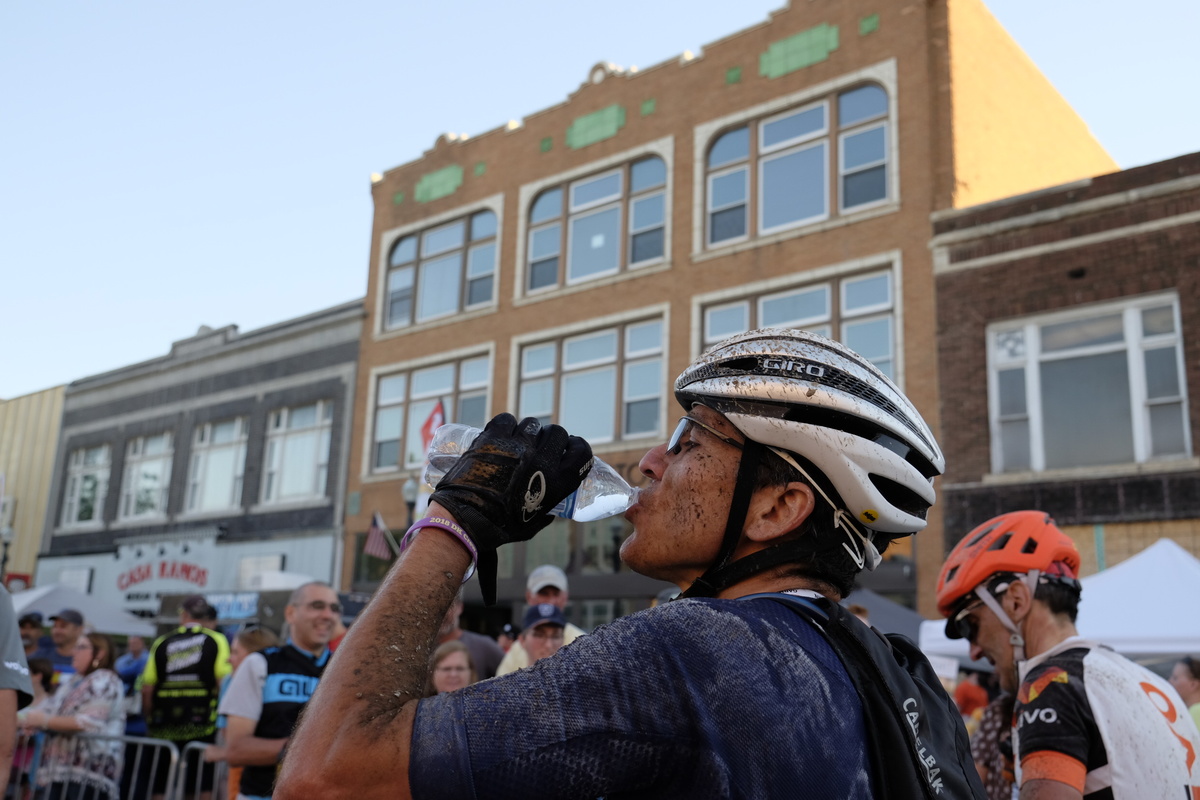Extreme heat can be an athlete’s worst enemy when it comes to maintaining optimized performance. No matter your discipline or focus, heat makes both exertion and recovery more challenging. Understanding why the body struggles more in the heat can be a valuable tool for helping to cope with higher temperatures. Knowing how to properly manage performance when the mercury rises is a critical step for those attempting to train in extreme conditions. Training in the heat, like any other component of exercise, can be adapted to if the appropriate steps are taken, and a basic knowledge of physiology is obtained.
Why Does Heat Impact Performance?
The first step in adjusting your training approach in the heat is to understand why it is the heat negatively impacts performance. Heat impacts athletes in a variety of different ways through elevated HR, reduced blood flow, increased sweat rate, and reduced oxygen availability. Although the temperature alone isn’t the only culprit, as humidity also plays a role. Sweat acts as the body’s method for evaporative cooling. When humidity is low this process is more efficient, however, when humidity is high the latent moisture in the air slows down the process making it even harder to cool down. As every athlete knows, hot temperatures increase sweat rate. This higher than normal sweat rate leads to greater fluid loss. Not only does this more rapidly remove vital electrolytes from your body, but it can also severely limit performance potential if too much fluid loss occurs. With as little as a 2% decrease in overall body weight from fluid loss as much as a 4-6% decrease in performance can be experienced.
Perceived exertion, or more specifically the increase in RPE (Rate of Perceived Exertion), plays a huge role in performance management. Temperatures between 60-75 degrees Fahrenheit increase heart rate by 2-4 beats per minute(BPM). From 75-90 degrees heart rate increases up to 10 BPM. That has a massive impact on RPE, and an athlete’s ability to effectively execute a workout. Heat not only impacts perception but also has a dramatic effect on an athlete’s physiology. When you sweat your blood volume decreases, less blood returns to your heart, less oxygen-rich blood reaches your working muscles, and you produce less energy aerobically. As it gets hotter this effect is exaggerated because the greater the amount of heat that needs to be dissipated, the greater the proportion of blood diverted to the skin. When oxygen is redirected via blood flow to your skin instead of your muscles, you have less energy to use for exercise, and your heart and lungs must work harder to compensate for the loss in oxygen.1
How to Cope With the Heat
Despite the sometimes severe repercussions of extreme heat, there are ways to continue to train and even excel, when the temperature skyrockets. Training alone can help when dealing with the heat. Due to blood plasma’s role in the cooling process, the act of training provides some adaptation, because of its impact on total plasma volume. This is why often times more fit athletes perform better in the heat. Regular training in the heat also helps with key components like sweat rate, perceived exertion, and decreased HR. Heat acclimatization can begin to occur in as little as 1-2 weeks with regular exposure. The key is to provide consistent opportunities for the body to adapt to the heat, while still maintaining proper fluid intake and recovery practices. While attempting to acclimate to the heat it’s important to adjust your expectations. Even though the body can and will adapt, intensity suffers when it’s hot. You should adjust your expectations for WO’s by adapting the pace or power parameters based on RPE.
A proper warm-up is one of the most effective things you can do to having productive workouts, and facilitating acclimation. Extended warm-ups allow your body’s evaporative cooling system to “catch up” causing your body temperature to rise slowly and begin to sweat, instead of spiking early. Sweating earlier into an activity is one of the desired adaptations of heat acclimation, as it helps cool you off quickly before your body temperature gets too high. In the same way that sweat helps to dissipate heat, keeping your clothes wet can also have a dramatic impact. Carry extra bottles of water, or stop at a river, stream, or sprinkler to keep yourself wet during hot training days. This, coupled with airflow as you run or ride, helps keep your skin cool and RPE lower.
Heat can be the great limiter for many athletes. Whether it’s racing or training in the heat, approach and expectations must be adjusted. First, gain an understanding of how it is the heat impacts your physiology. Knowing what’s going on in your body will allow you to define an individualized approach to your performance. Treat the heat with the respect it deserves by allowing time for adaptation and acclimation. Your body can perform in extreme conditions, but it needs time and proper preparation.

Taylor Thomas is the founder and head coach of Thomas Endurance Coaching (TEC) and has more than a decade of experience in the endurance sports industry as an athlete, coach, race promoter, and team organizer. TEC provides expert level coaching to athletes of all ability levels and specializes in both a scientific and metrics-based approach to endurance sports. They guide athletes in all disciplines of both running and cycling. Browse their pre-built training plans on TrainingPeaks, or for more information on personal coaching and custom training plans visit www.thomasendurancecoaching.com. Follow TEC at @endurance_coach.
Sources:
Barry, Kristin “Training in the Heat: Why You’re SLower in the Summer and What to Do About It” July 18, 2011, runnersworld.com



